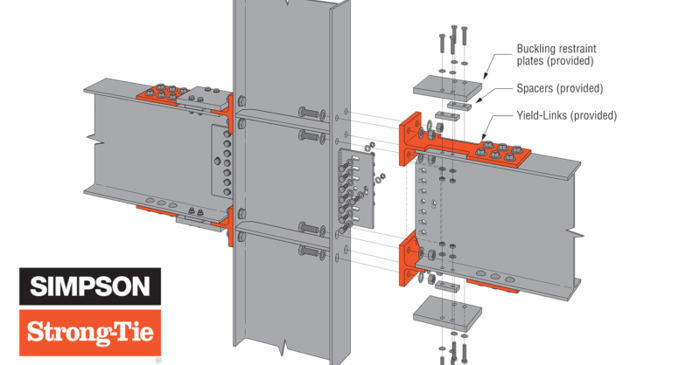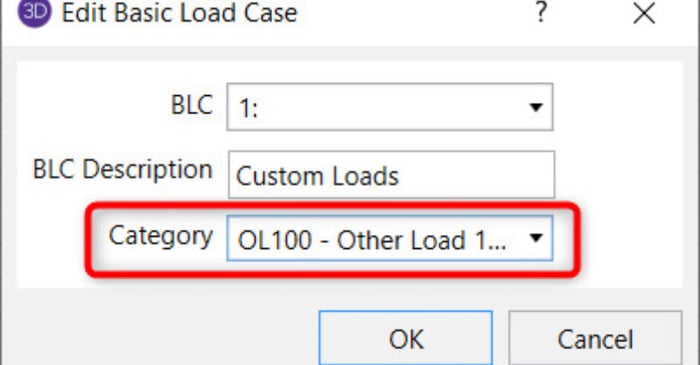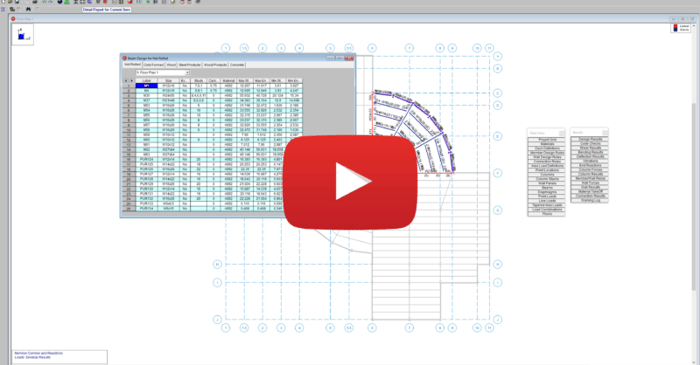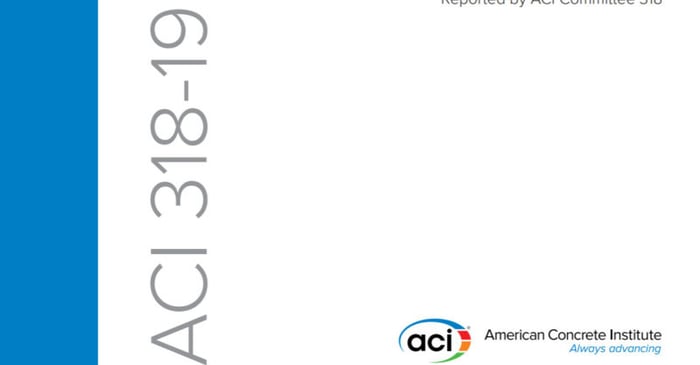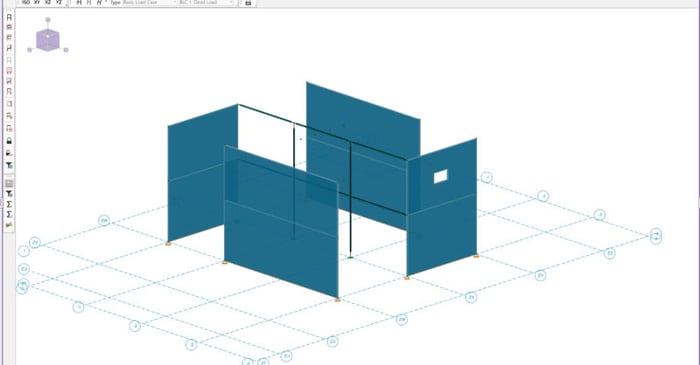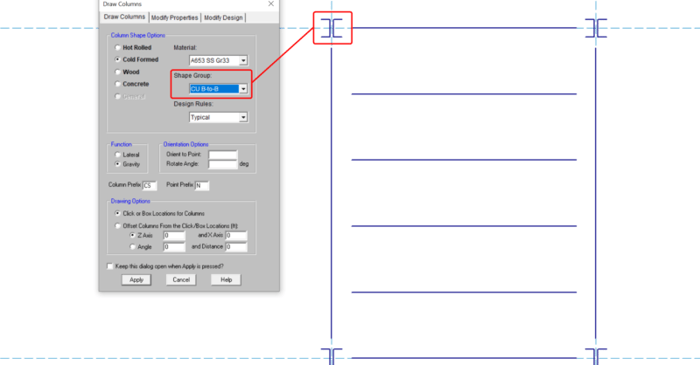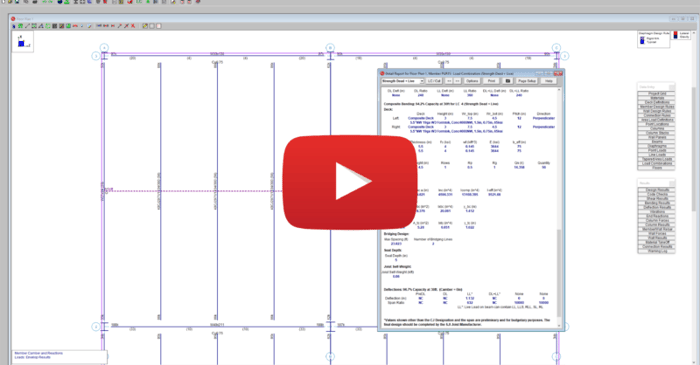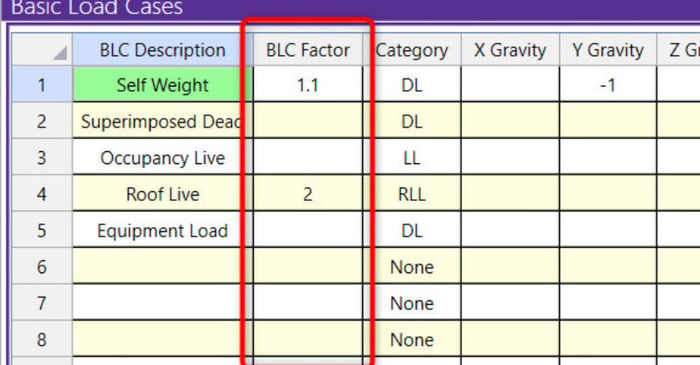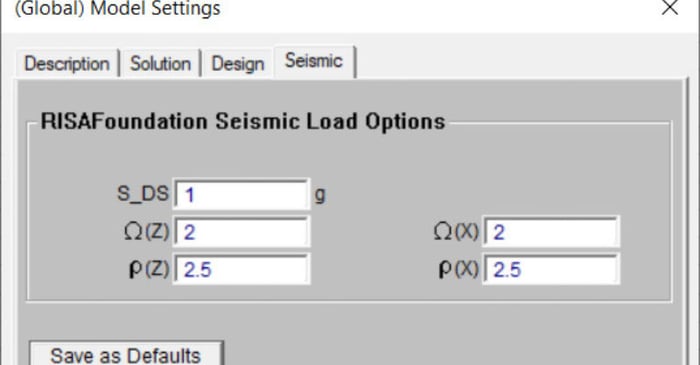
October 30, 2020
Seismic Factors in RISAFoundation Load Combination Generator
Seismic factors, including Omega, Rho and Ev, can now be included in automatically generated Load Combinations. Values for Omega and Rho shall be entered into the Seismic tab of the Model Settings to be considered in the analysis.




